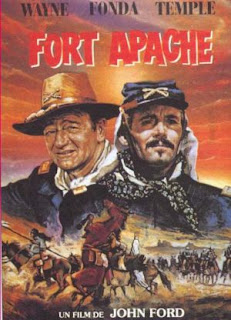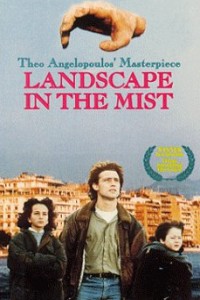Shohei Imamura is known for making films of a provocative nature. He used to work as an assistant of the great Japanese director Yasujiro Ozu. Imamura, in his own right, quickly bcame a creative filmmaker in Japan's post-war era.
Subu is a maker of pornographic films. He is a boarder at the home of the widowed Haru Matsuda . She lives with her two teenage children there. She provides for her children through renting out the room to Subu. Her son Koichi isn't interested in attending college while her daughter Keiko gets attracted towards Subu. Haru keeps a large carp in a fish tank in their bedroom. She thinks that the fish is the reincarnation of her former husband. She believes that her husband is annoyed that she has not remained a widow. Haru becomes increasingly ill and eventually loses her mind. In the meantime, Subu finds himself becoming fascinated with Keiko.
Later Keiko regrets about their relationship. Her regret leads her into self-destructive behavior including drinking and unhealthy adventures with boys. As the story progresses, Subu has a difficult time making a living through pornography. The Pornographers is about the misadventures of Subu and his efforts to find happiness in life.
To adjust its serious themes, Imamura often includes dark humour, like the idea of passing of a prostitute with child as a "virgin" to satisfy the sexual needs of a businessman. His cinematography highlights the voyeuristic nature of " The Pornographers". The subject matter proves to be truly powerful, as he explores with underside of Japanese society and deals with taboo sexual matters. Imamura is not as famous in western cultures as some of his contemporaries, but his films were at the cutting edge for their time. The film represents the director near the height of his creativity.























